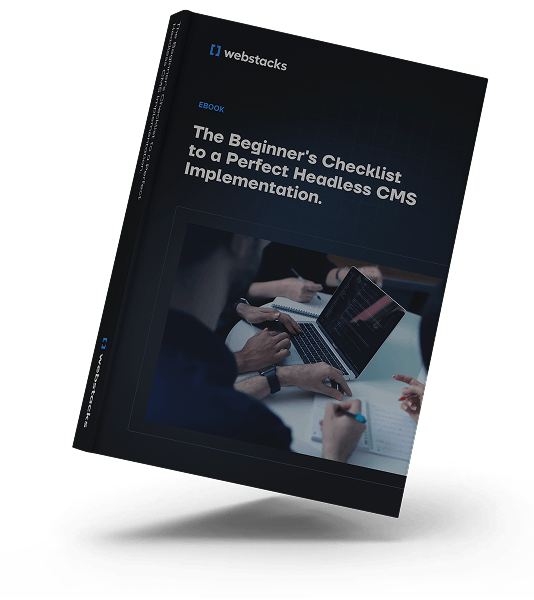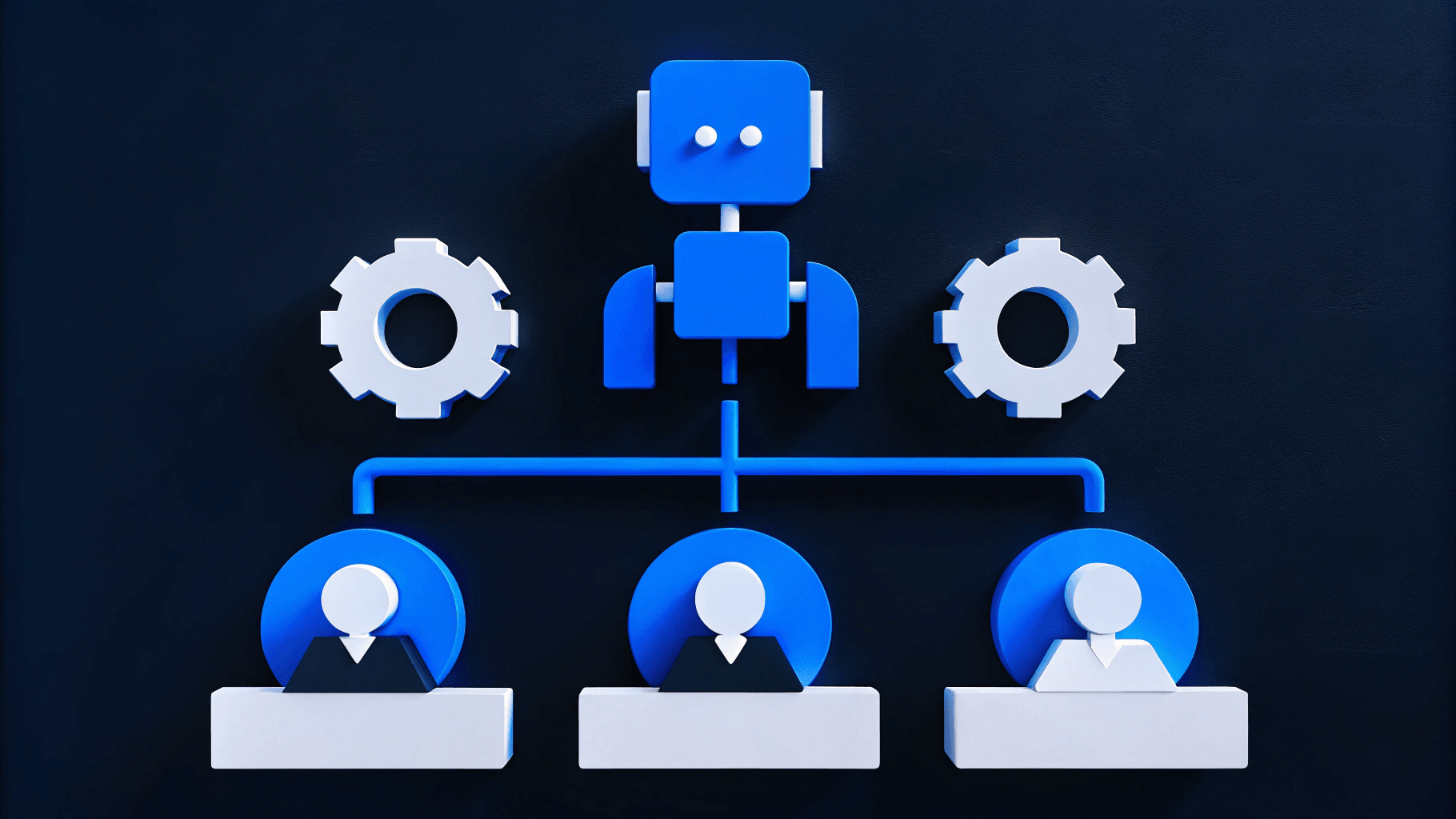While Storyblok is a popular choice when it comes to content management systems (CMS), exploring Storyblok Alternatives can help you find one that better fits your unique requirements and priorities.
In brief:
- Enterprise-grade alternatives like Contentful, Contentstack, and Sanity offer more features, scalability, and customization tailored for complex needs.
- WordPress Headless provides a developer-focused, open-source solution with extensive customization options for teams with PHP expertise.
- User-friendly platforms such as ButterCMS and Hygraph prioritize ease of use for content teams without sacrificing functionality.
- Evaluating technical capabilities, team expertise, and business requirements is essential to selecting the CMS that best aligns with your organization's objectives.
Top Enterprise-Grade Storyblok Alternatives
Three platforms—Contentful, Contentstack, and Sanity—stand out as enterprise-grade alternatives to Storyblok for their powerful features and scalability.

Contentful
Contentful has a strong focus on API-first architecture. Its key differentiating features include:
- API ecosystem that enables flexible content delivery across multiple channels
- Extensive documentation and developer tools for custom implementations
- Powerful content modeling capabilities with custom content types and fields
- Rich integration marketplace with enterprise tools and services
For development teams, Contentful offers flexibility through its comprehensive API documentation and SDKs. Its content modeling approach supports complex content structures while keeping content and presentation layers separate.
The pricing model follows an enterprise-focused structure, with custom enterprise plans that include advanced features like custom roles, SSO, and dedicated support.
Contentstack
Contentstack positions itself as a premium enterprise solution with several distinctive capabilities:
- Cloud-native architecture optimized for enterprise scalability
- Real-time preview functionality across multiple channels
- Advanced rich-text editing with JSON-powered capabilities
- Integrated automation hubs with one-click integrations
The platform excels in handling complex content structures and includes powerful version control systems. Its content modeling approach supports modular content blocks, making it ideal for organizations with sophisticated content needs.
Integration capabilities include:
- Ready-made extensions
- End-to-end automation through Contentstack Launch
- Easy integration with CRM, inventory management, and DAM systems
Sanity
Sanity differentiates itself through its highly flexible approach to content management:
- Real-time collaboration features built into the core platform
- Highly customizable content structure with flexible schemas
- Strong support for complex content relationships
- Developer-friendly environment with extensive customization options
The platform allows developers to define and modify schemas according to specific business needs. This flexibility makes it particularly valuable for projects requiring intricate content relationships and structured data.
Development teams benefit from:
- Customizable editing environment
- Real-time content updates
- Powerful query capabilities
- Flexible API access
Developer-Focused Alternatives to Storyblok
Teams that prioritize the developer experience (especially if they have specific technical expertise or requirements) should consider developer-focused alternatives to Storyblok.
WordPress Headless
WordPress Headless is a good option if you need an alternative that leverages WordPress's familiar environment while allowing flexibility in frontend technology choices.
Key features include:
- Decoupled architecture using WordPress as a backend content repository
- REST API support out of the box, with optional GraphQL through plugins
- Extensive plugin ecosystem for added functionality
- Familiar PHP-based backend for teams with WordPress experience
From a development perspective, WordPress Headless offers:
- Freedom to use modern frontend frameworks like React, Vue.js, or Angular
- Large community support and extensive documentation
- Customizable API endpoints and content structures
- Open-source flexibility with deep customization potential
However, developers might face a couple of challenges in their workflows. One important task is setting up proper caching strategies to optimize performance. Another is implementing preview functionality to improve the experience for content editors.
Additionally, they must manage media and assets effectively within a decoupled architecture. And they also have to implement strong security measures across both frontend and backend systems.
Strapi
Strapi is an open-source headless CMS designed with developers in mind, offering a highly customizable and extensible framework.
Key features of Strapi include:
- Fully customizable API with REST and GraphQL support
- JavaScript-based backend using Node.js, making it accessible for JavaScript developers
- Ability to define custom content types and fields through a user-friendly GUI
- Plugin system to extend functionality as needed
For developers, Strapi provides:
- Rapid development capabilities with an intuitive admin panel
- Flexibility to integrate with any frontend framework or platform
- Control over the data structure and API endpoints
- Active open-source community and regular updates
Challenges may include:
- Managing updates and maintenance for an open-source system
- Ensuring scalability for enterprise-level applications
- Implementing advanced features may require additional development effort
Strapi's strengths lie in its ease of setup and configuration, allowing for quick project initiation. It also offers a high degree of customization without requiring modifications to the core CMS code, making it adaptable to various project needs.
Middleware support is another key advantage, which allows it to seamlessly handle authentication, permissions, and other critical functionalities.
Additionally, Strapi supports both SQL and NoSQL databases, providing developers with flexibility in their choice of data storage solutions.
User-Friendly Storyblok Alternatives
With many brands considering the switch to a headless CMS, many are seeking more user-friendly alternatives that don't sacrifice functionality.
ButterCMS
ButterCMS provides a more intuitive approach to headless content management.
The platform features a clean, straightforward interface that content editors can master quickly without extensive technical knowledge.
Its visual editor allows for direct content manipulation, making it easier for marketing teams to create and update content without dealing with complex component structures or technical configurations.
Key user-friendly features include:
- Intuitive WYSIWYG editor
- Simple content modeling without technical expertise
- Built-in preview functionality
- Streamlined workflow management
- Straightforward content organization system
Hygraph
Hygraph (formerly GraphCMS) emphasizes visual content modeling and editing.
The platform strikes a balance between powerful features and accessibility, offering a more gradual learning curve compared to Storyblok.
Content teams appreciate its visual content modeling interface, which makes it easier to understand and manage content relationships.
Notable ease-of-use features include:
- Visual content modeling interface
- Rich text editor with embedded asset support
- User-friendly dashboard for content organization
- Simplified workflow management
- Collaborative editing features with real-time updates
How to Make the Right Choice
Evaluating CMS alternatives requires a structured approach that considers both technical and business requirements. Here's a breakdown of factors to keep in mind:
Conduct a Technical Assessment
Start by evaluating your technical capabilities:
- Available developer resources (internal vs. external)
- Required customization level
- Integration requirements with existing tools
- Development stack compatibility
Identify Business Requirements
Consider these business factors:
- Initial setup costs vs. long-term maintenance
- Content team's technical proficiency
- Workflow requirements
- Growth projections and scalability needs
Apply a Decision Checklist
Use this checklist to evaluate each CMS option:
- Technical Requirements
- Team Capabilities
- Budget Considerations
- Integration Requirements
Remember that professional CMS plans can start from around $300/month, but the total cost of ownership includes development, maintenance, and potential hidden costs like third-party integrations. Make your decision based on a comprehensive evaluation of these factors rather than focusing solely on initial pricing or feature lists.
Learn More About Headless CMS Implementation
Finding the right alternative to Storyblok will make it easier to meet your integration requirements, scalability goals, and budget considerations.
Remember to evaluate each alternative based on factors like ease of use, customization options, and total cost of ownership to make an informed decision.
Once you make your choice, use our headless CMS implementation checklist to keep things on track and make sure the process goes smoothly.





